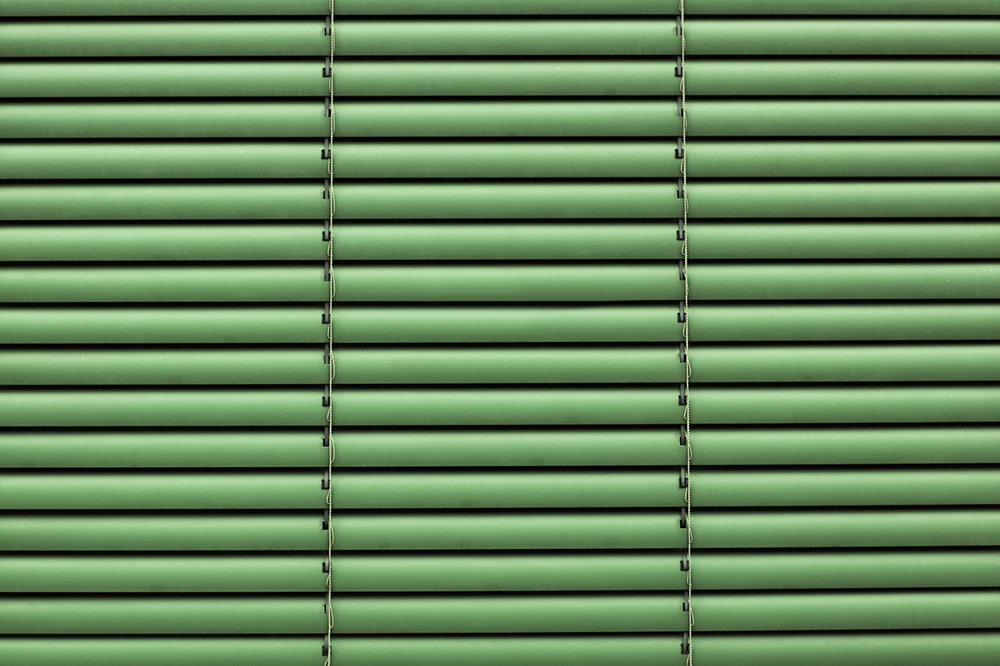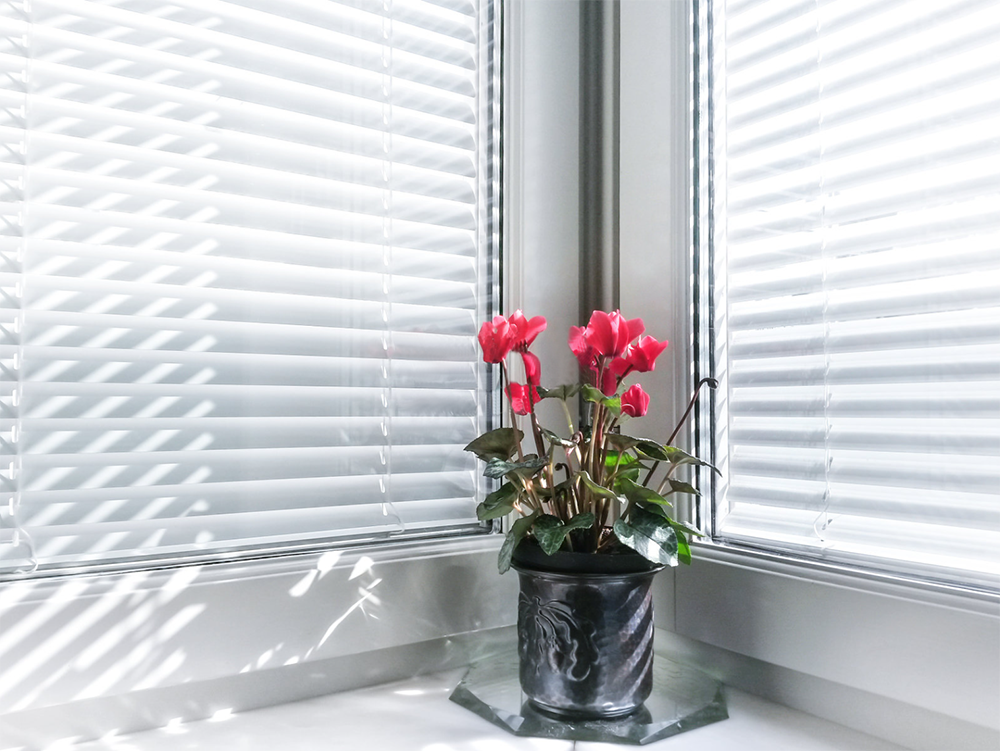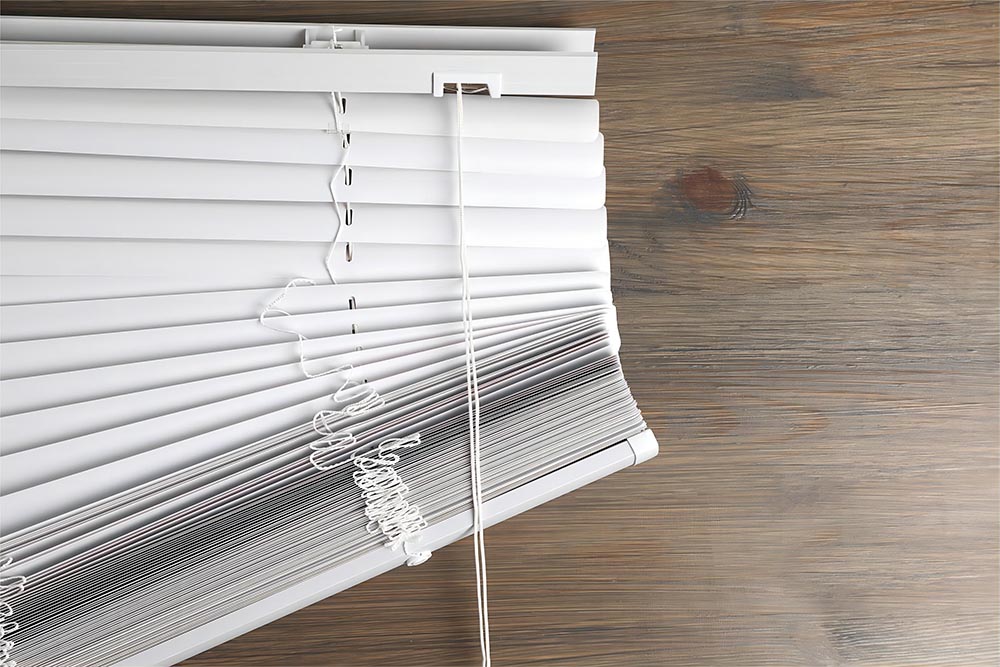Hello, dear home enthusiasts! Let’s chat about a common hassle that might have been bugging you if you have PVC blinds in sunny rooms. If you’re in Nordic regions, you’ve probably noticed that after 2 – 3 years, those once – fresh polyvinyl chloride blinds in your sunlit rooms start to turn yellow. It’s really frustrating how they clash with your light – colored interior decor, looking totally out of place. And for folks in tropical areas, there’s another problem: the edges of the PVC blinds get brittle from UV exposure, and they easily break when you try to pull them. So, what’s behind all this, and more importantly, how can we fix it?
The Root Causes
In tropical regions, the situation is more severe. The intense and prolonged UV exposure, combined with high temperatures and humidity, speeds up the aging process of PVC Venetian Blinds. The high heat makes the PVC blinds more vulnerable to the damaging effects of UV rays, and the humidity can also contribute to the degradation of the material. That’s why the edges of the polyvinyl chloride blinds, which are more exposed, become brittle and prone to breaking when pulled.
Effective Solutions
• Choose UV – Resistant PVC Blinds
When you’re out shopping for new PVC blinds, go for those labeled “UV – resistant”. These Vinyl Horizontal Blinds are specially treated during production to withstand the harmful effects of UV rays. They have added ingredients that act as a shield, slowing down the yellowing and aging process significantly. It might be a bit more of an investment upfront, but it’s totally worth it in the long run as they’ll last much longer.
• Install Additional Sun Protection
For existing PVC blinds or as a preventive measure for new ones, consider installing other sun protection devices. In Nordic homes, sheer curtains or roller shades can be used alongside polyvinyl chloride blinds. They can filter out some of the UV rays before they reach the PVC blinds, reducing the damage. In tropical areas, external sunshades or awnings are great options. They block the sun’s rays from hitting the windows directly, lowering the temperature around the PVC blinds and minimizing UV exposure.
• Regular Cleaning and Maintenance
Keeping your PVC blinds clean is crucial. Dust and dirt can accumulate on the surface, and when combined with UV rays, they can accelerate the aging process of PVC louvers. Every few weeks, wipe the PVC blinds with a soft cloth dampened with mild soapy water. Make sure to rinse the cloth thoroughly to avoid leaving any soap residue. For tough stains, you can use a non – abrasive cleaner, but be sure to test it on a small, inconspicuous area of the polyvinyl chloride blinds first.
• Handle with Care
In tropical regions where the PVC louvers are prone to brittleness, handle them gently when pulling or adjusting. Avoid yanking the PVC blinds forcefully, as this can cause the edges to break. If you notice any loose or damaged parts of the polyvinyl chloride blinds, fix them promptly to prevent further damage.
• Replacement When Necessary
If your PVC blinds are severely yellowed or have a lot of broken edges, it might be time to replace them. Even with the best care, polyvinyl chloride blinds have a lifespan. When replacing, remember to choose the UV – resistant PVC horizontal blinds to avoid the same problem happening again too soon.
By understanding the causes of yellowing and aging in PVC blinds and taking the right preventive and maintenance measures, you can keep your polyvinyl chloride blinds looking good and functioning well for a longer time, no matter if you’re in the Nordic regions or tropical areas.
Post time: Aug-29-2025


